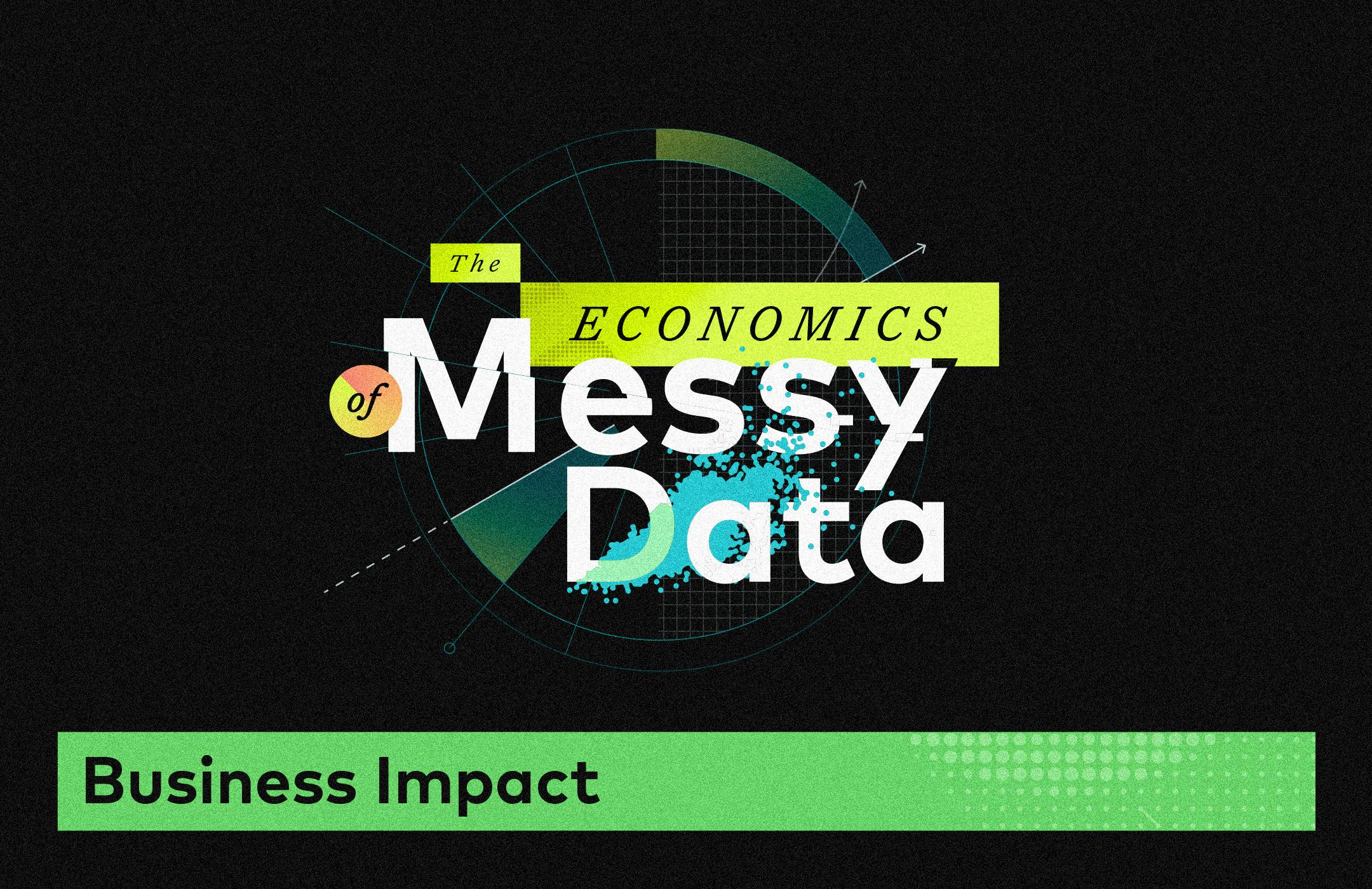When advertising to your customers and prospects, you want to combine effectiveness with efficiency: ads that reach the right audiences without wasting money on inaccurate targeting, duplicate ad spend, and non-relevant personalization. Doing this depends on having a clear picture of your customers, and that means working with masses of customer data to connect the dots and understand your audience. The problem is, the data comes from different sources, in different formats, and is always changing. The mess of data can be overwhelming, which is why many brands turn to third-party data platforms to activate audiences in paid media channels. But working with vendors involves extra cost, reduces autonomy, risks bumping up against privacy regulations — and often the data isn't even all that accurate.
The best way to avoid having to pay a go-between is by having tools and systems that can get value out of the mass of first-party data you already own and work towards direct activation yourself. This means technology that takes a more flexible approach to gathering and matching and can account for the ever-changing nature of customer data, so that you can use all your data and form the most complete picture of your audience.
Activate more than data
Harnessing the power of messy data may seem daunting, but it is possible, and the results are worth it. Once you have a reliable base of accurate data so that you can directly activate audiences, you’ll save money and boost revenue.
Directly activating your first-party audiences will:
Reduce costs: When brands don’t directly activate first-party data, they end up paying a data management platform (DMP) for third-party data that isn’t up to scratch. In addition to wasting money, middlemen usually rely on third-party data, which is steadily decreasing in accuracy and facing increasing restrictions.
Reduce time to value: Without the lag time introduced by a DMP, brands save time and can quickly execute campaigns, and send them to market. It also takes away the time and labor spent working with a vendor and managing that relationship.
Reduce risk: First-party data is collected directly from a brand’s customers via websites and apps. It’s based on customer purchases, website activity, email, social media engagement, and more. This allows brands to build meaningful, personalized experiences without making customers feel uneasy or violating user privacy. Best of all, first-party data is free.
First-party data in action
With unified profiles based on first-party data that can be sent directly to ad platforms, you're ready to work some ad magic by getting more efficient and more effective.
Focus on high-value customers and build lookalike audiences: Once you’ve identified your high-value customers, use them as a seed list to convert prospects with potential into new valuable customers. Using your best customers as a model for acquisition makes prospect targeting ultra-precise, leading to a boost in match rates, stronger ROI, more effective customer conversion, and lower advertising costs.
Run win-back campaigns and reduce churn: Just because a customer hasn’t interacted with your brand in a while or made a purchase recently doesn’t mean all hope is lost. Using first-party data and analyzing previous customer behavior, brands can create reliable predictions of future actions, build successful win-back campaigns, and minimize churn. For example, bring back lapsed customers and get their attention via a paid or social channel with a “no strings attached” promotion with no minimum spend and the flexibility to layer the discount on top of a sale. And if a customer is deviating from their usual purchasing cadence and seems like they may be about to churn, use paid social channels to let them know you miss them or offer them a small percentage off their next purchase, or the option to pause their subscription if it’s a monthly service.
Boost personalization: Effective personalization is knowing a customer’s current needs, remembering who they are, their interactions on any channel or device, and being able to anticipate their future needs. It’s tricky to pull off, but once you’ve assembled your comprehensive customer profile, you’ll know what messaging your shoppers respond to, how they like to be contacted, the content they prefer — and then be able to send personalized content and offers to ad platforms.
Cut the middleman and get to work
Customer data will always be messy — people constantly change their jobs, addresses, and likes and dislikes – so you need to learn how to work with it. The correct technical tools and a foundation of reliable data are the keys to accessing a whole range of possibilities. And once you’re able to get a handle on your data and work with it, you can save money and time by activating audiences directly without the help of a third-party vendor.
To learn more about the benefits of first-party data activation, read our Paid Media Solution Brief.
